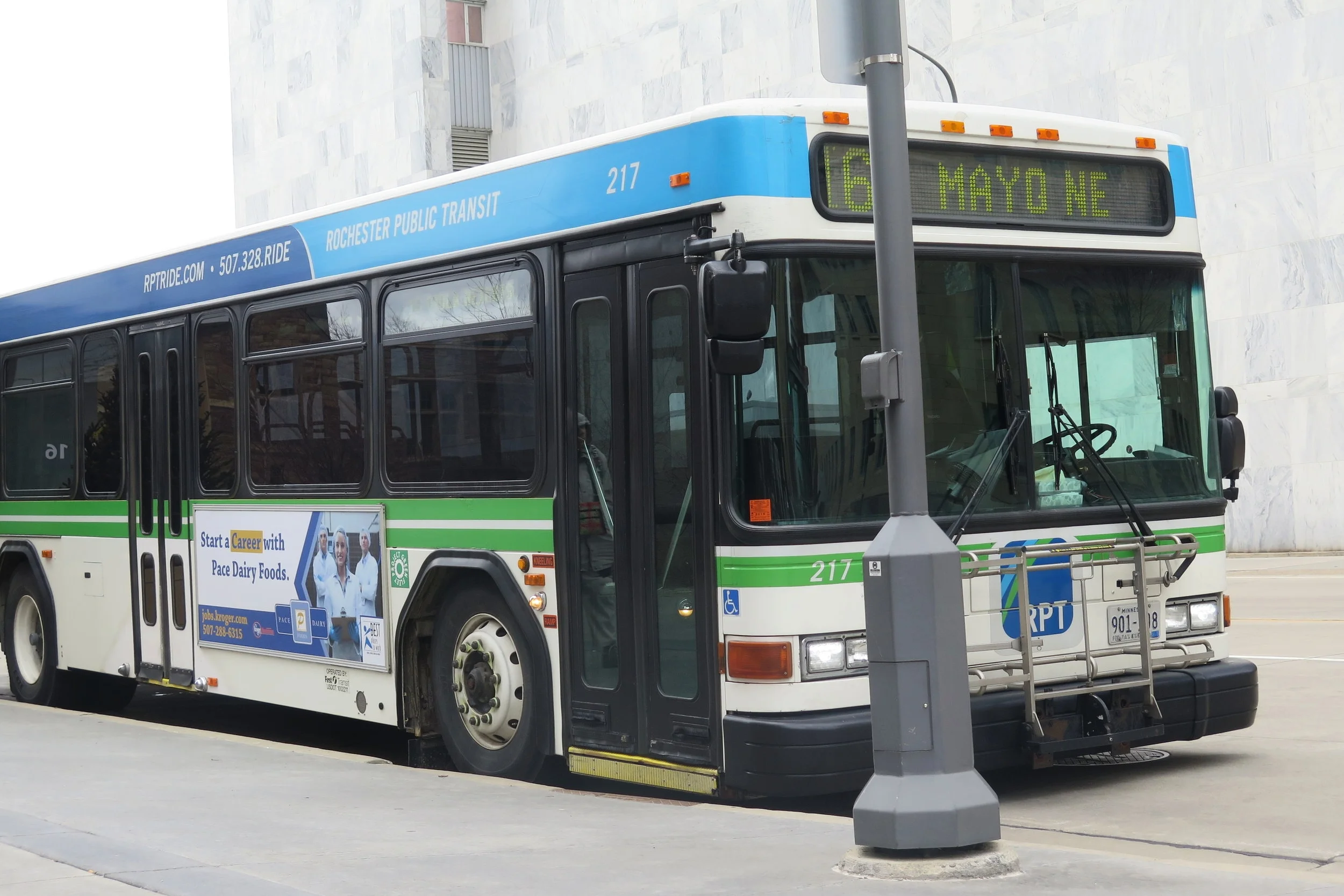The Paradox of Rochester
We are a community obsessed with "what's next?"
What should we build? Where should it go? Why is it not all happening faster? Even the term "Destination Medical Center" implies that we're working toward something new — a superior version of Rochester's current existence.
That is not a knock against DMC as an initiative; it's clearly a good idea to be as strategic as possible about how we shape and manage growth. But often in the midst of the conversation about our city's future, we lose the context of Rochester's unique role in the world, and how this small Minnesota city became a mecca for the sick, the healing and the intellectually accomplished.
The fact is Rochester has been a medical destination for decades.
Case in point, this excerpt from the 1941 biography, The Doctors Mayo, in which author Helen Clapesattle describes a visitor's first impressions upon arriving in Rochester:
Among cornfields, dairy farms, and market villages you have come upon a little city of great hospitals and crowded hotels; a city with hundreds of acres of parks and playgrounds, with fine stores and specialty shops; a city that is the crossroads of airlines, railroads, and national highways.
Here in the rural calm of southern Minnesota, without a scenic wonder or historic shrine in sight, is a city of twenty-five thousand inhabitants that has an annual transient population of ten times that number. For here, in this river valley of midwestern America, this "little town on the edge of nowhere," is one of the world's greatest medical centers, to which men come from the ends of the earth for treatment and instruction.
That is the paradox of Rochester.
Substitute "twenty-five thousand" with 112,225 (2015 census) and "ten times" with 20 times, and Clapesattle's words still ring true more than 75 years later.
The paradox of Rochester is that it is at once both ordinary and extraordinary. Reflecting on how we achieved the latter must be what guides us through our next chapter.
Follow Sean on Twitter.
Cover photo: Aerial view of Rochester from 1929 / Courtesy History Center of Olmsted County








